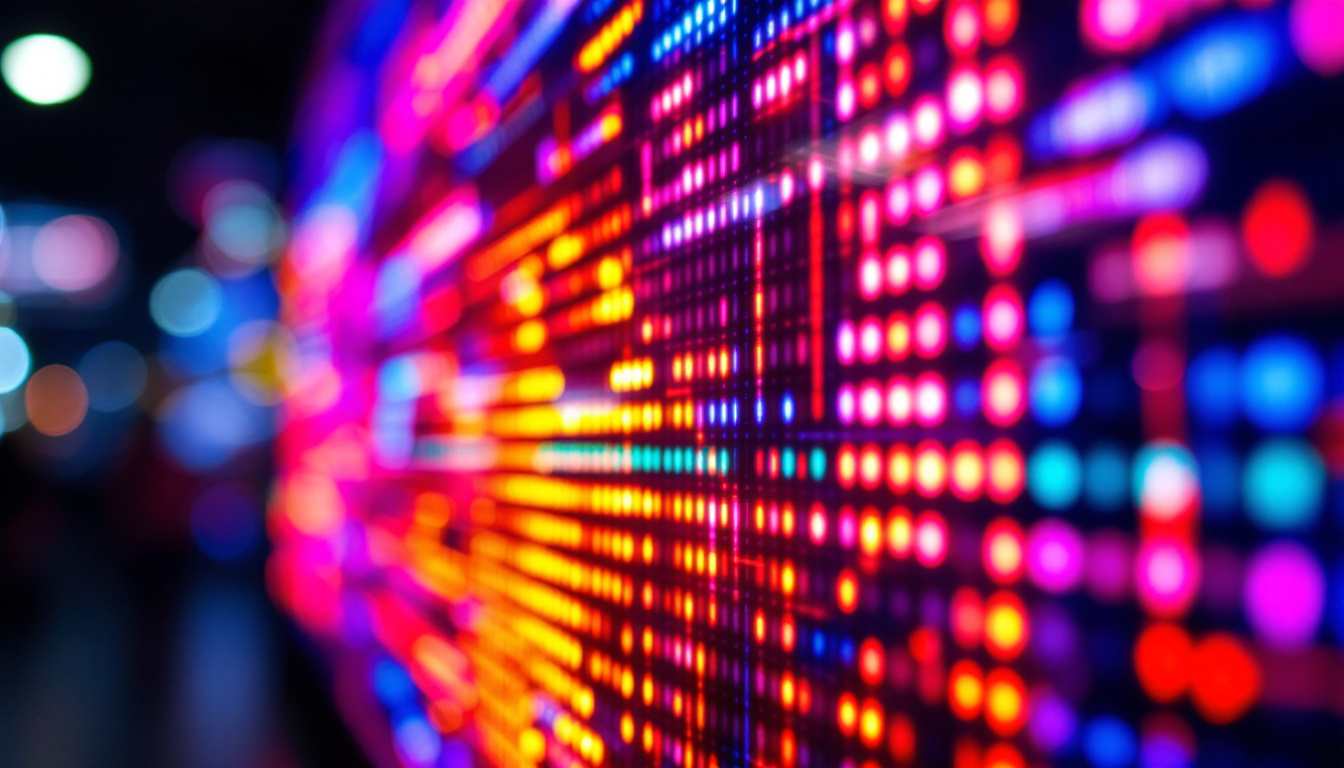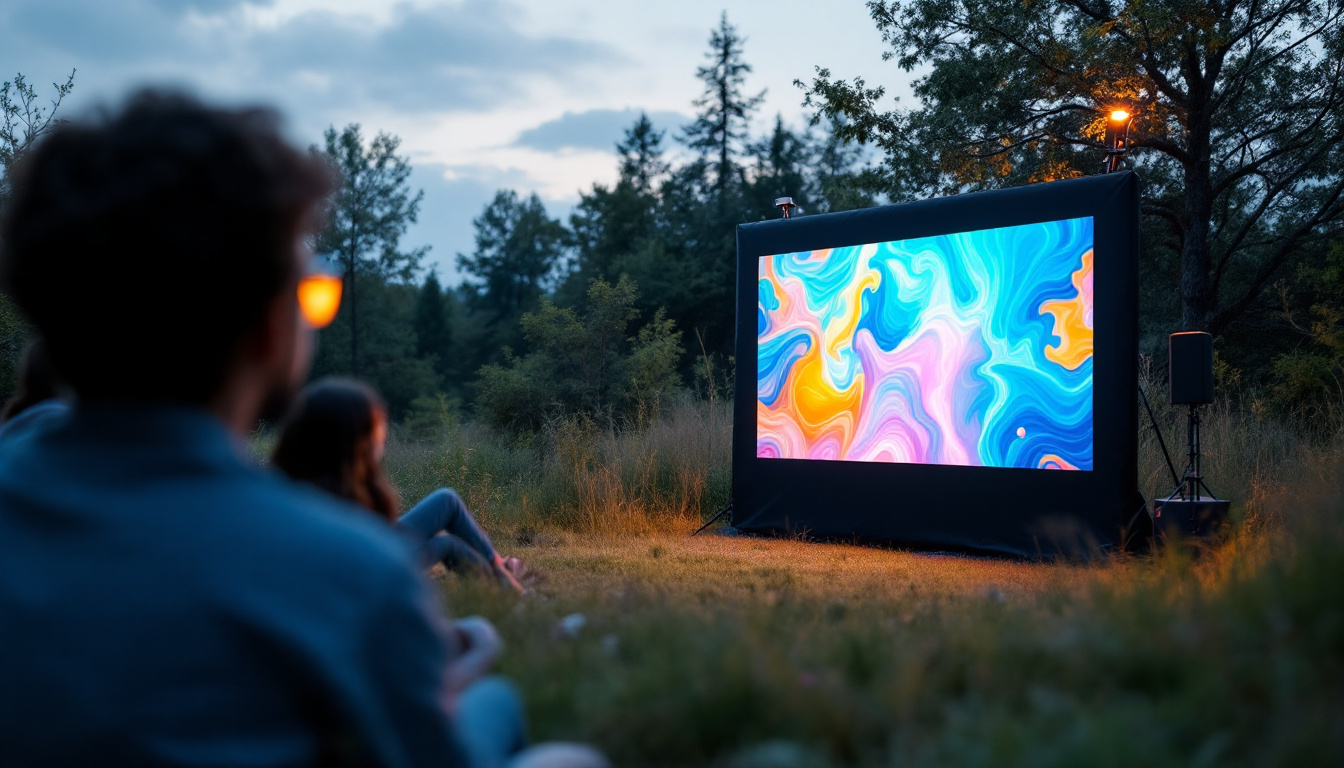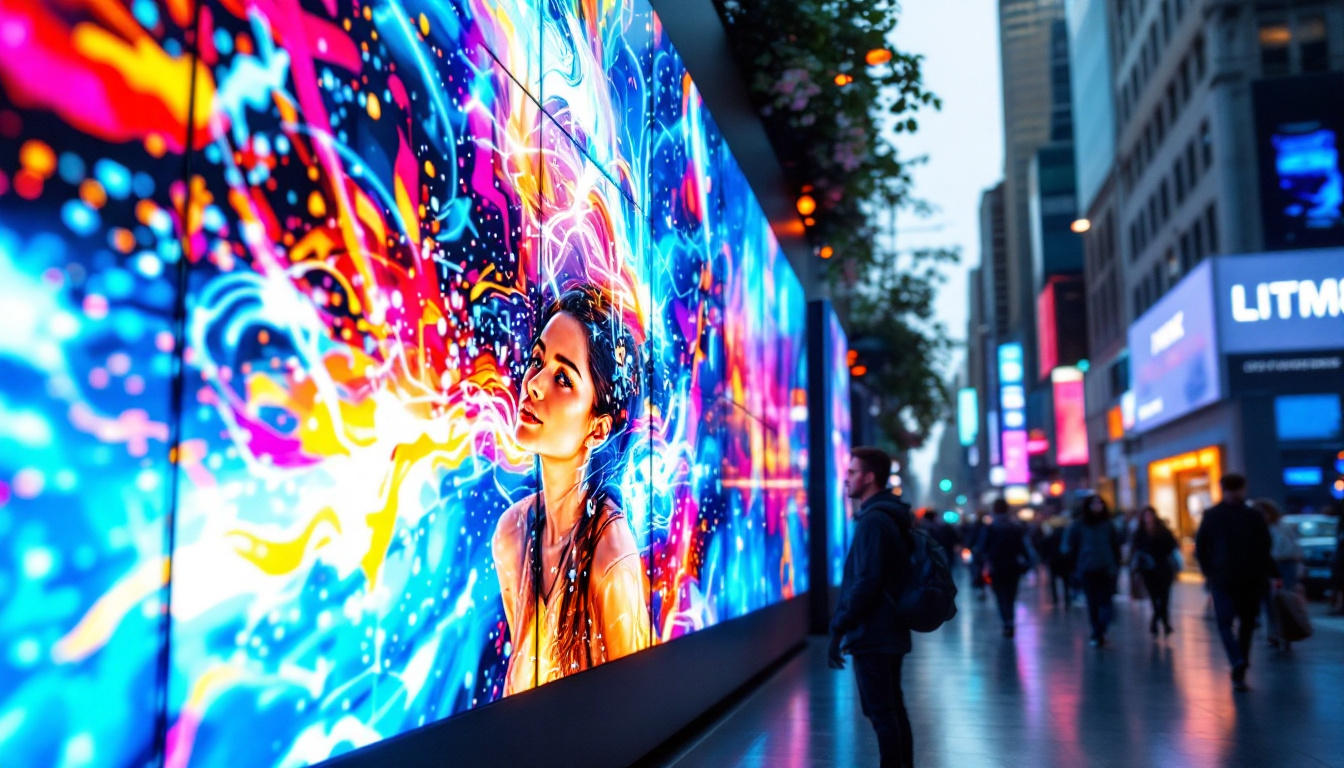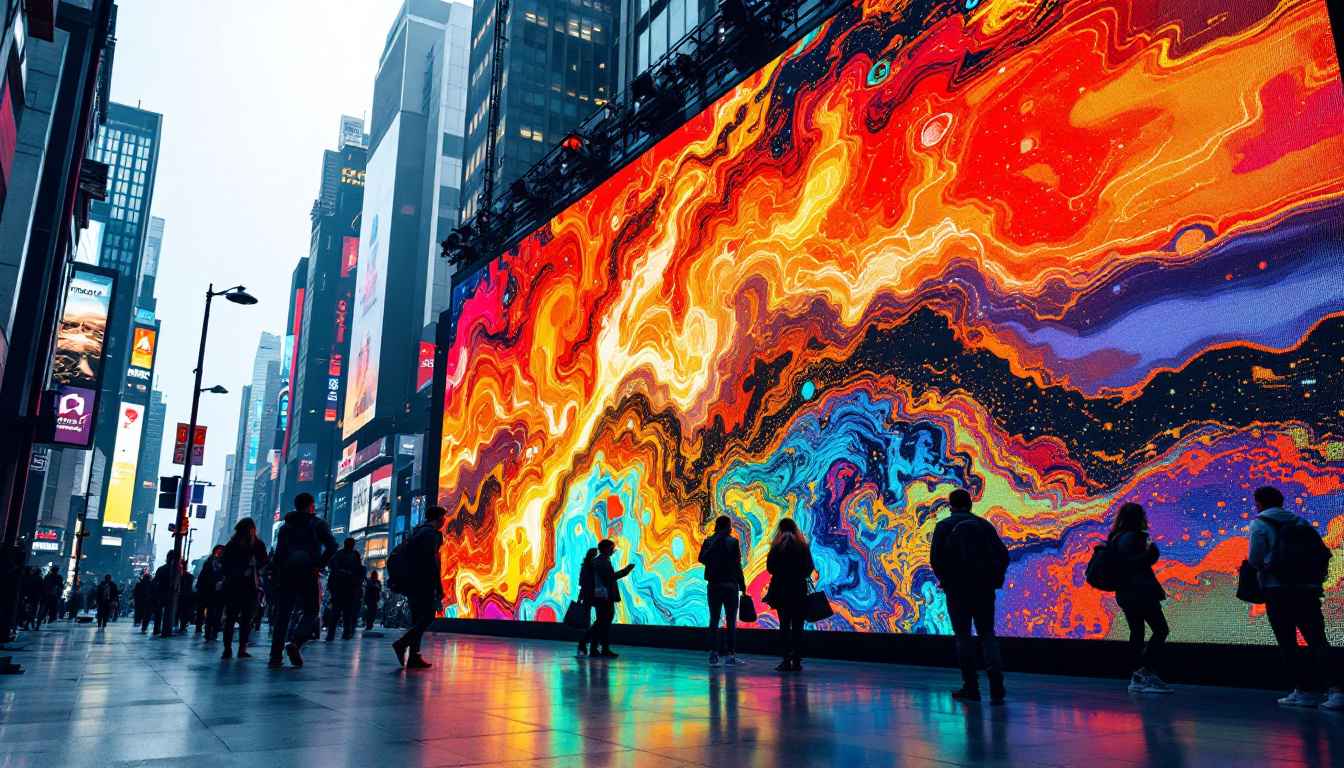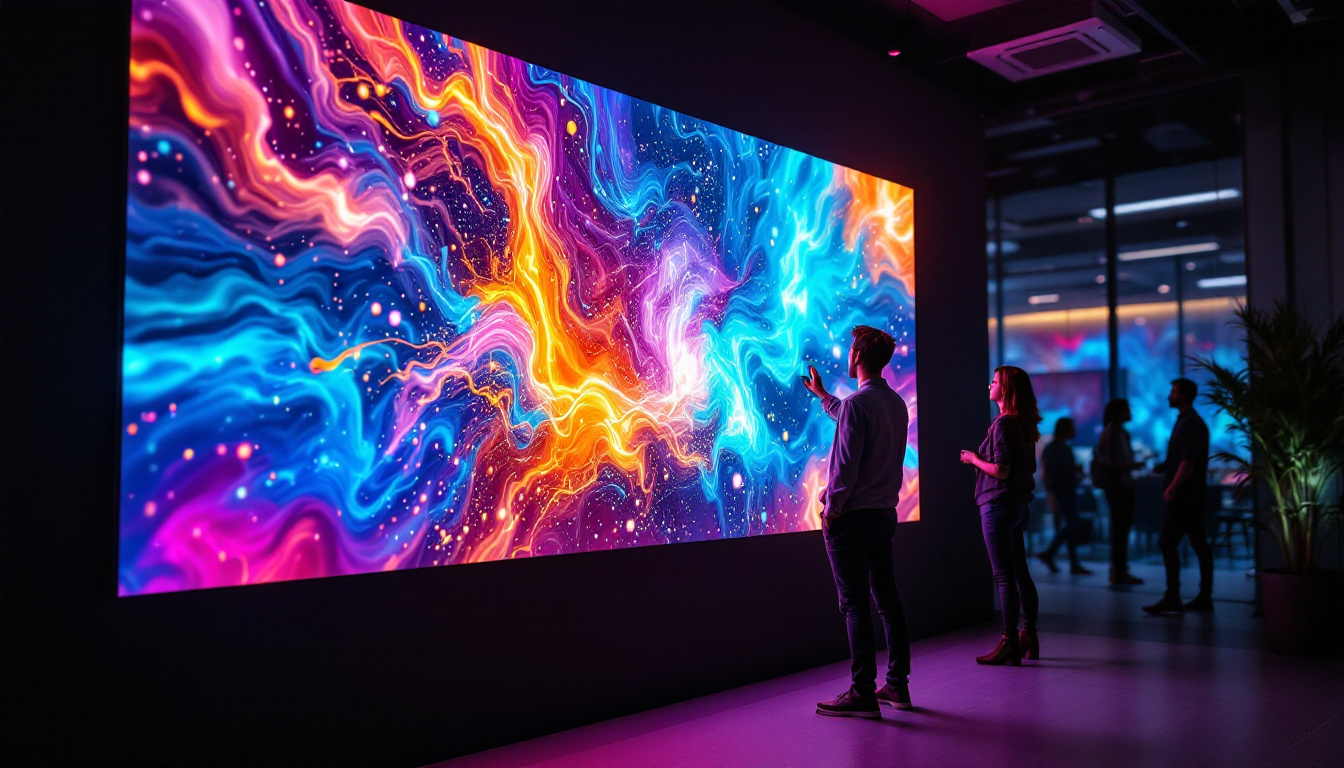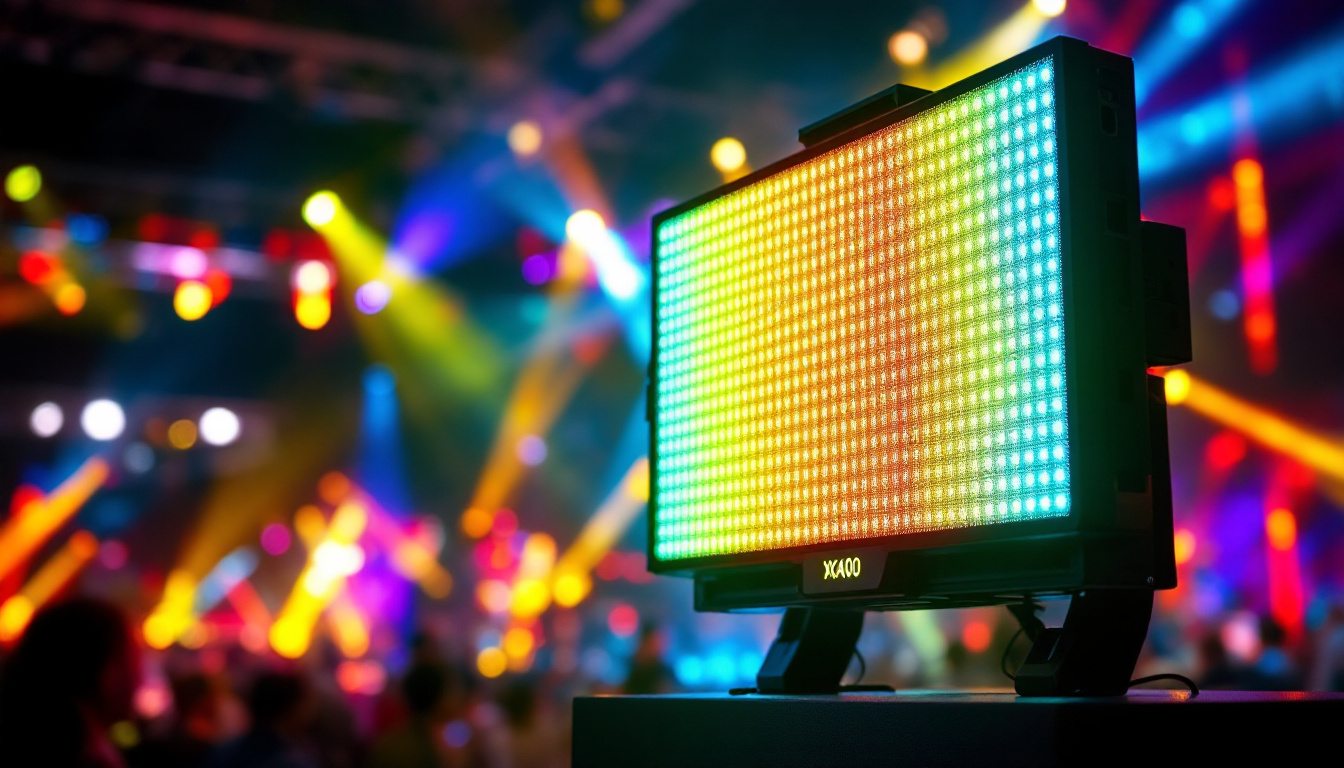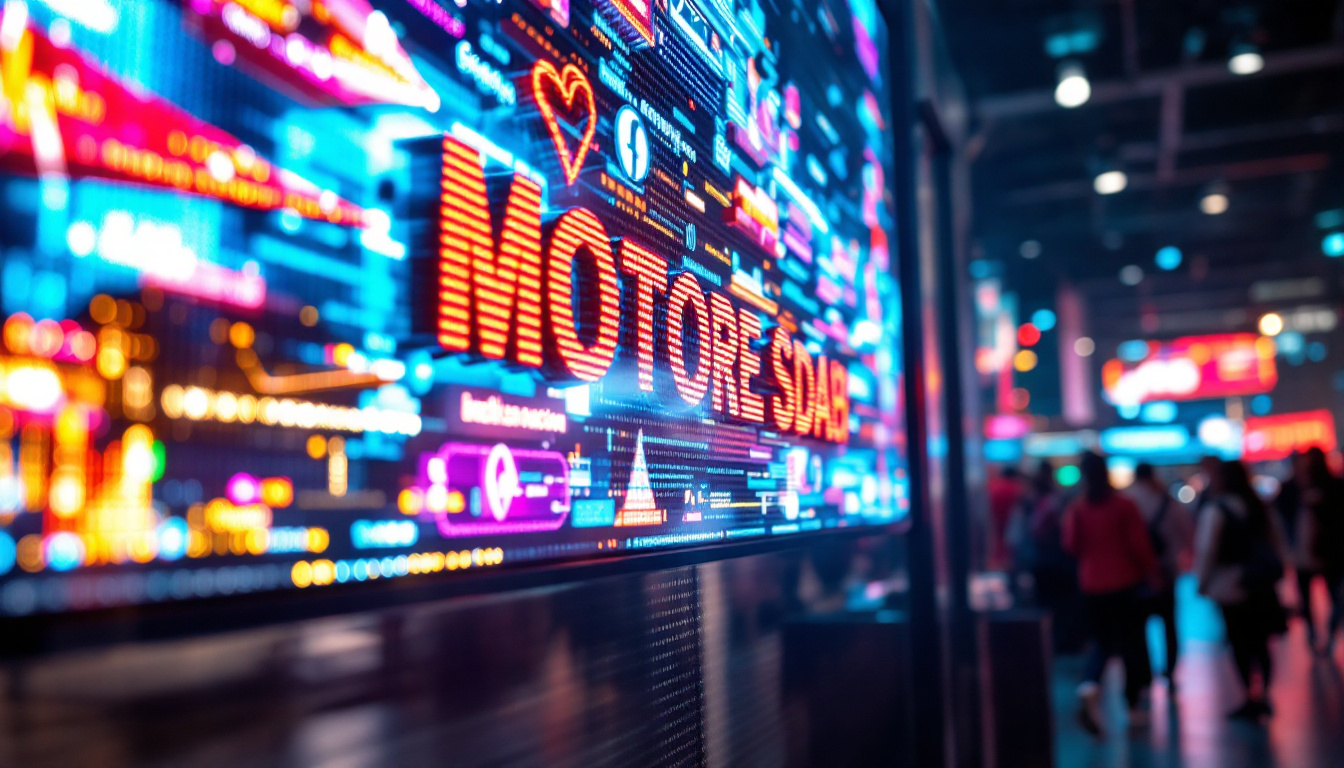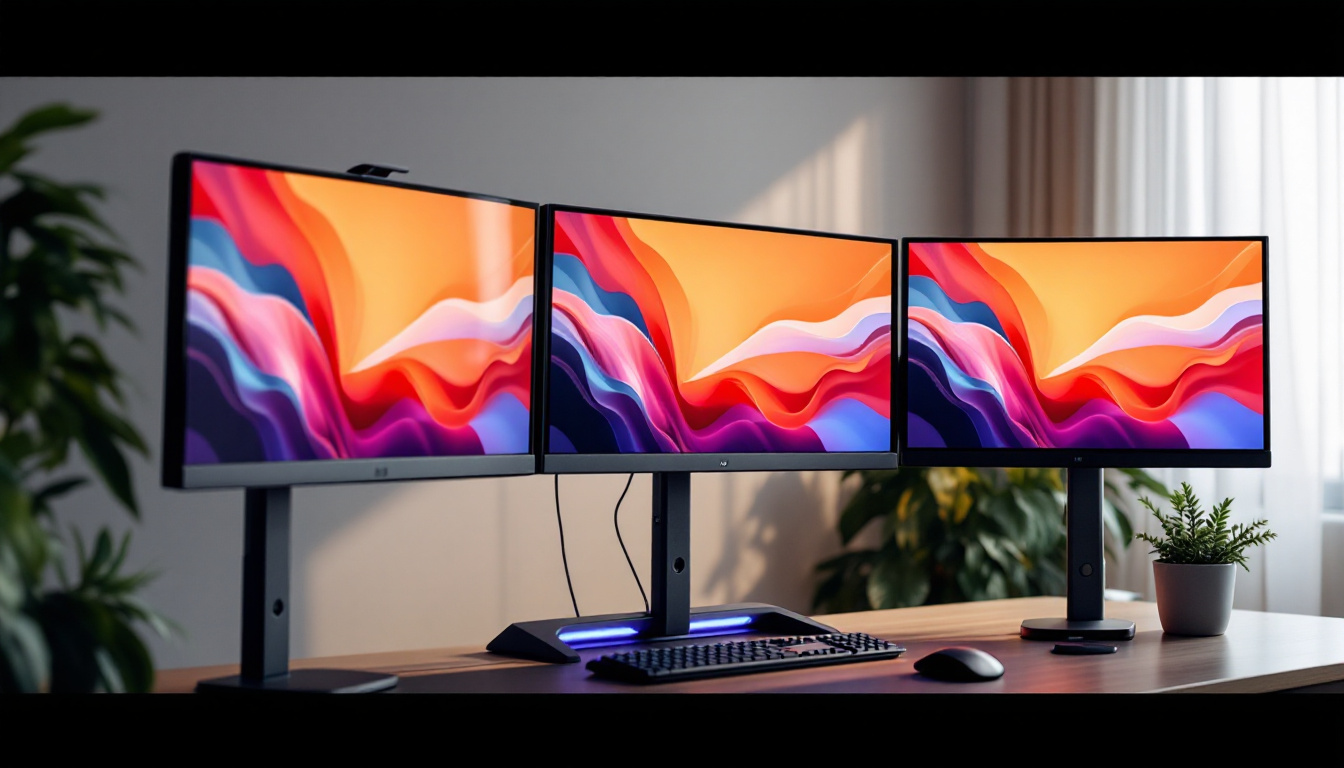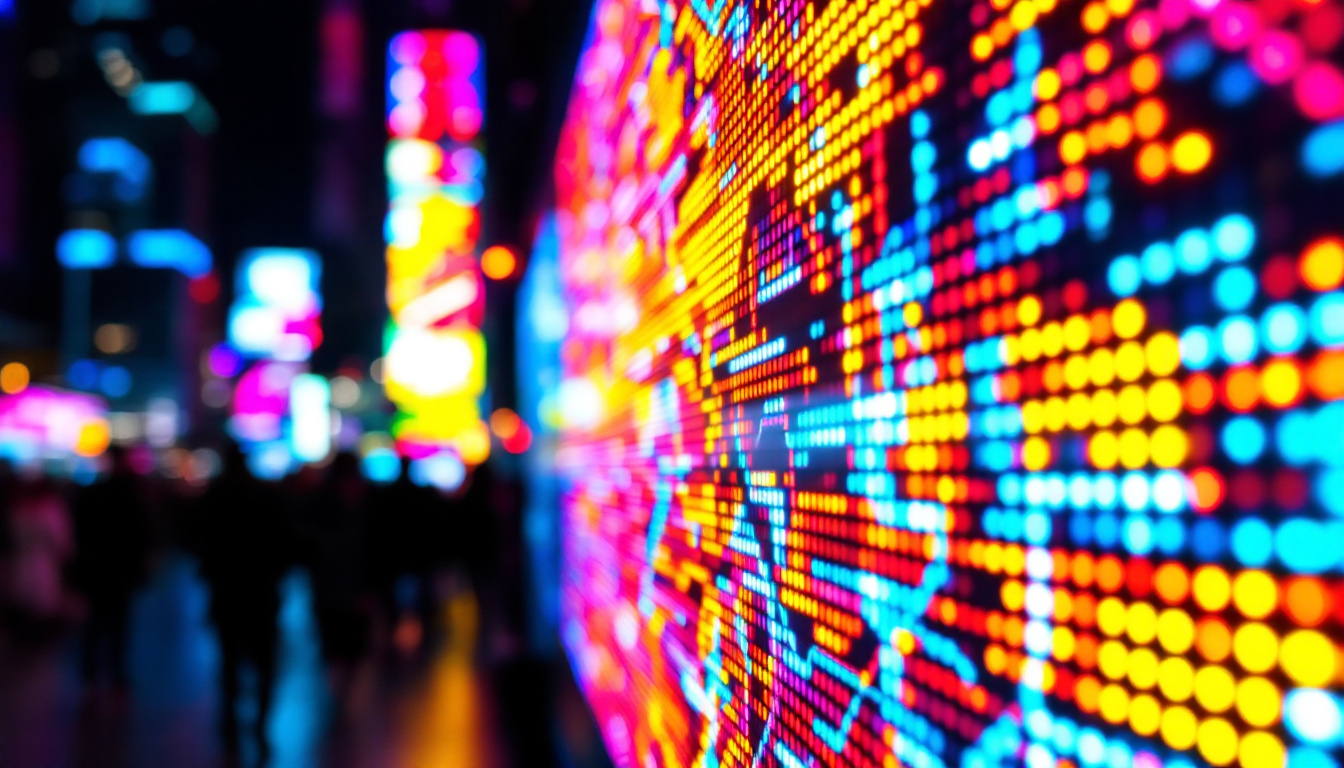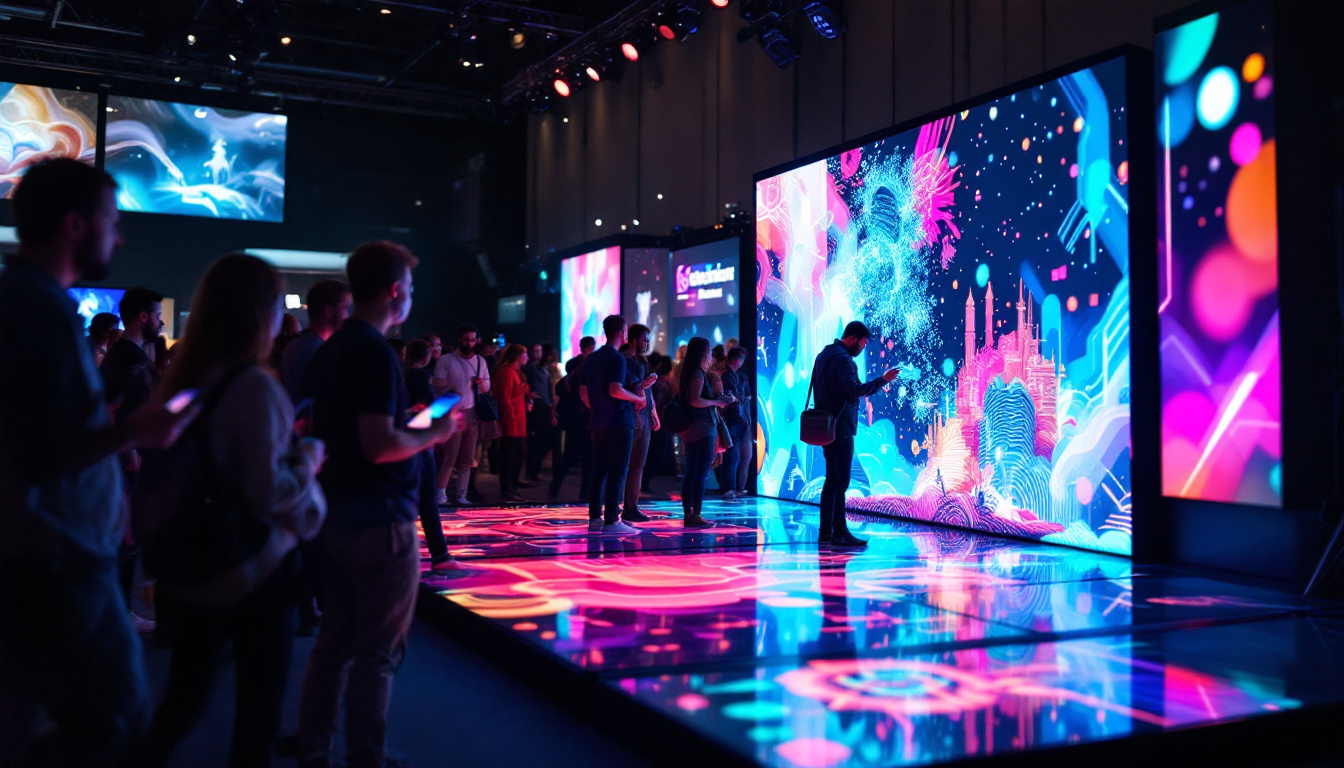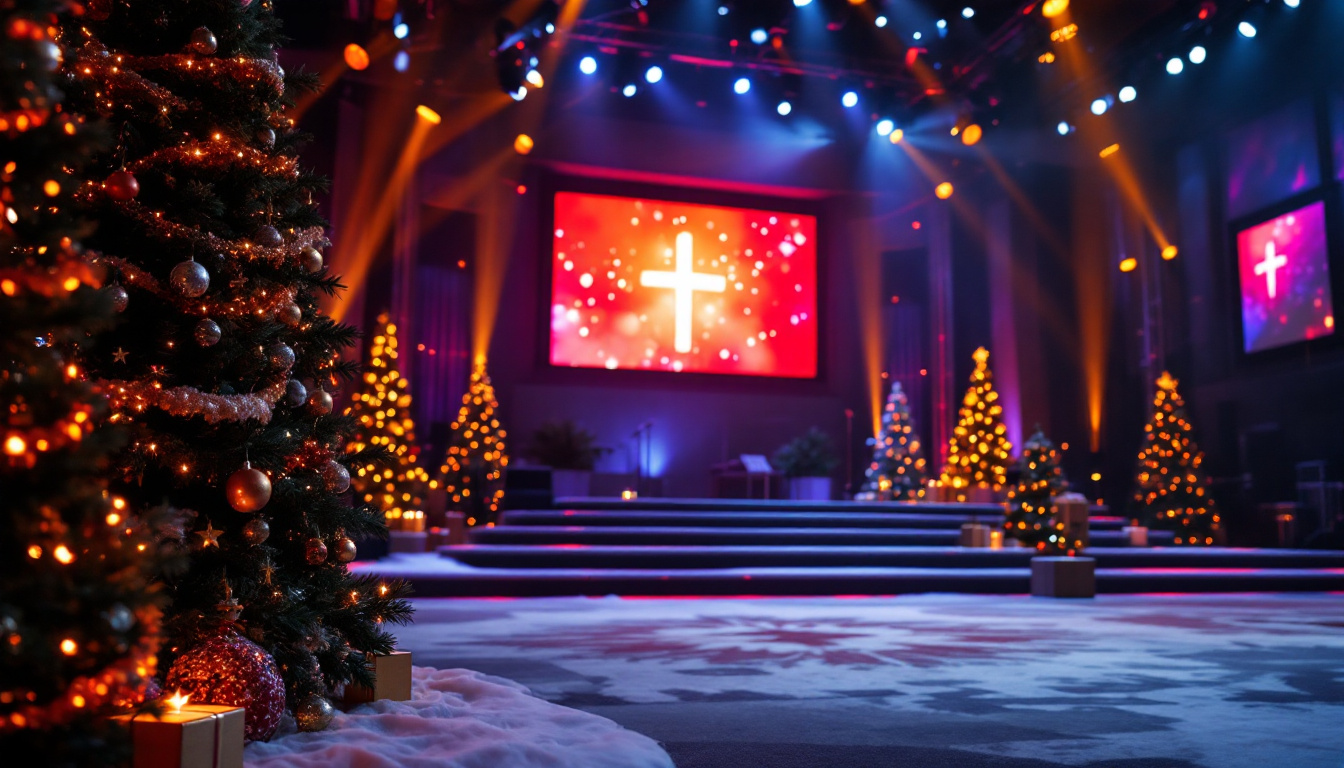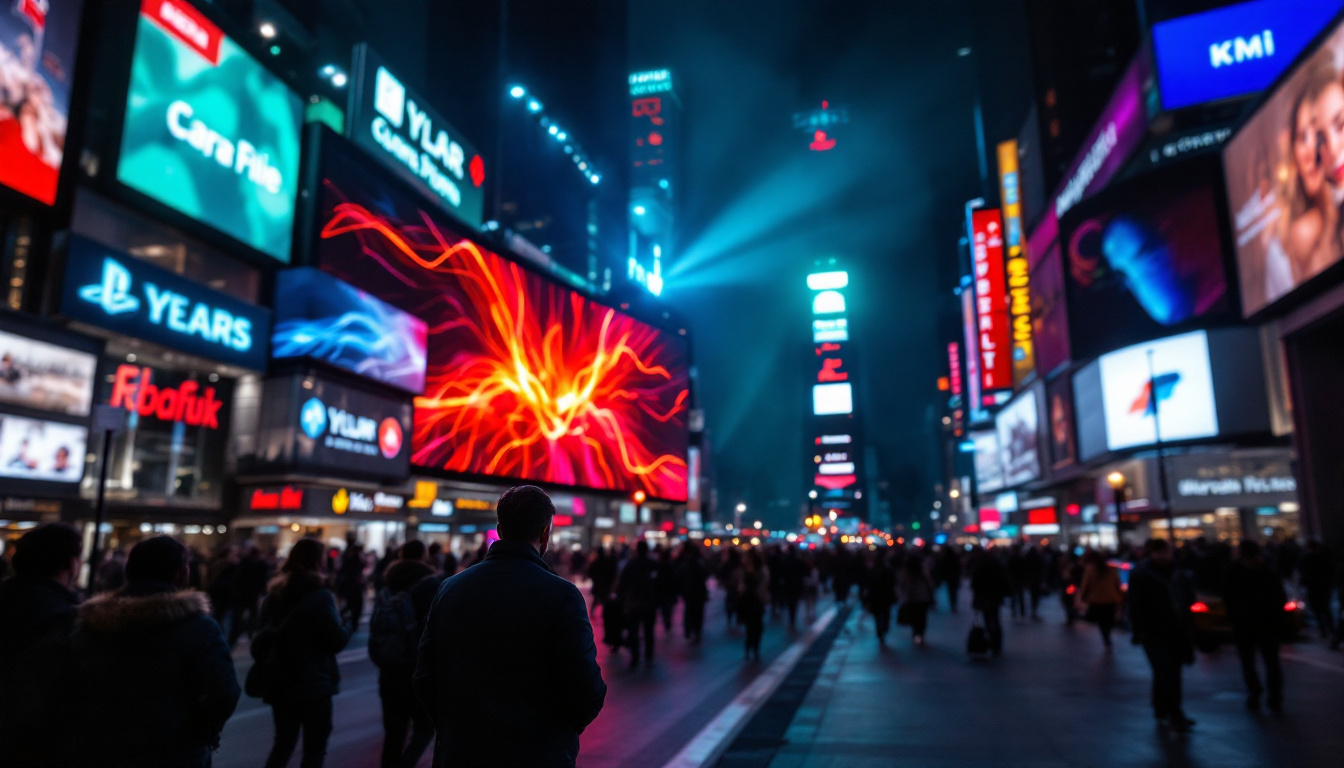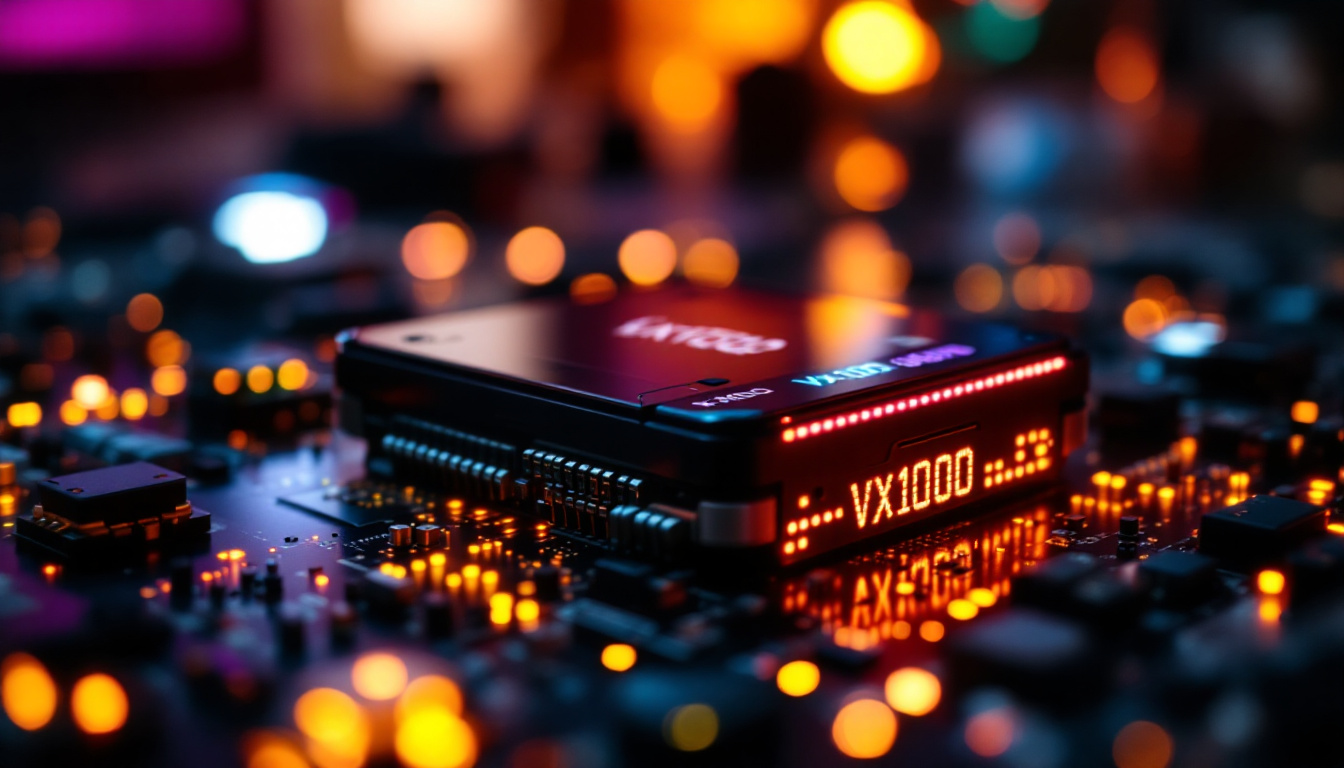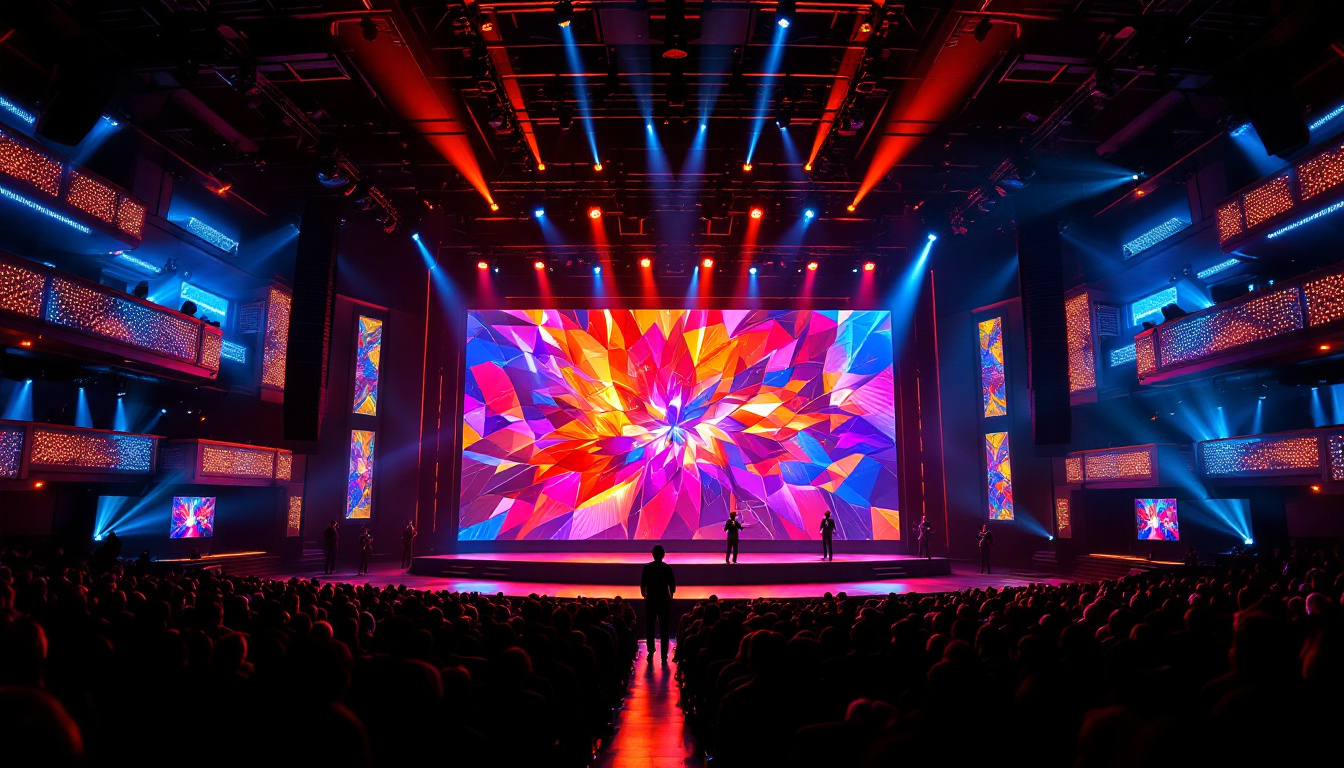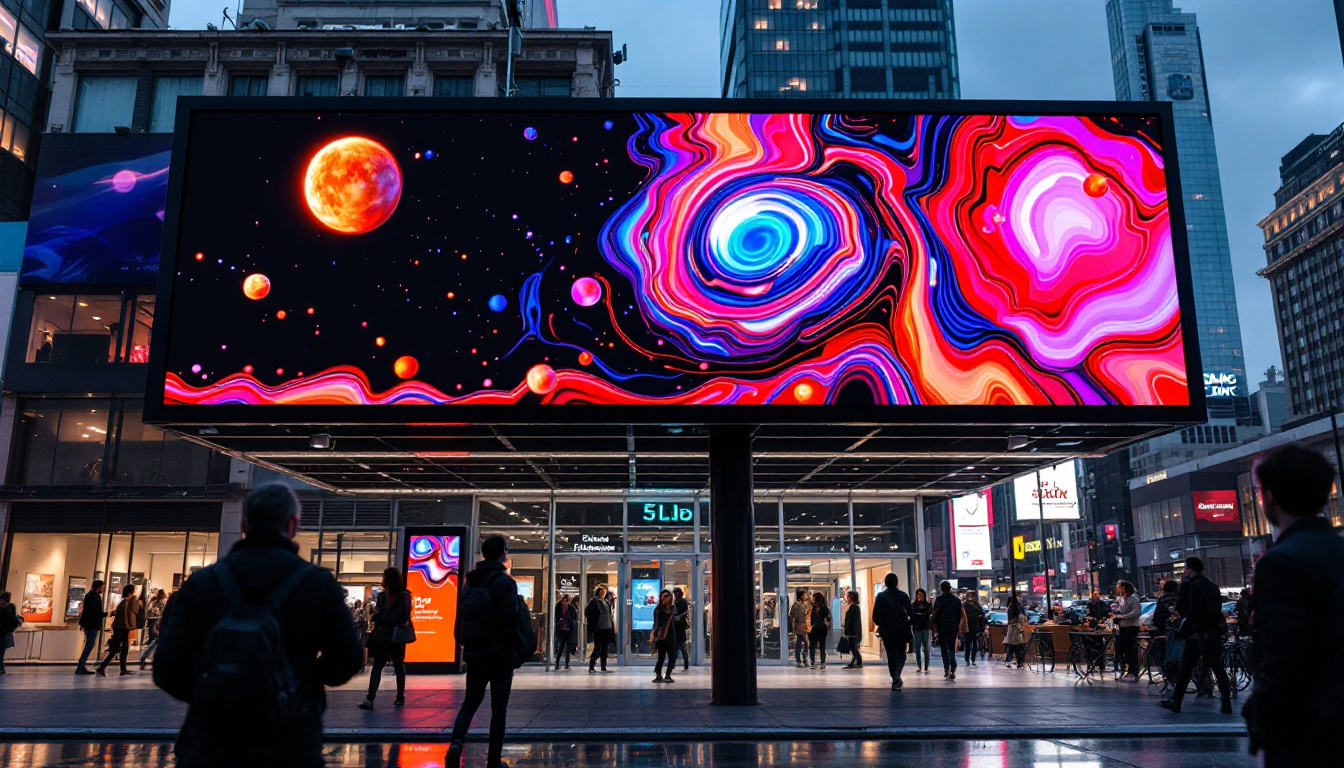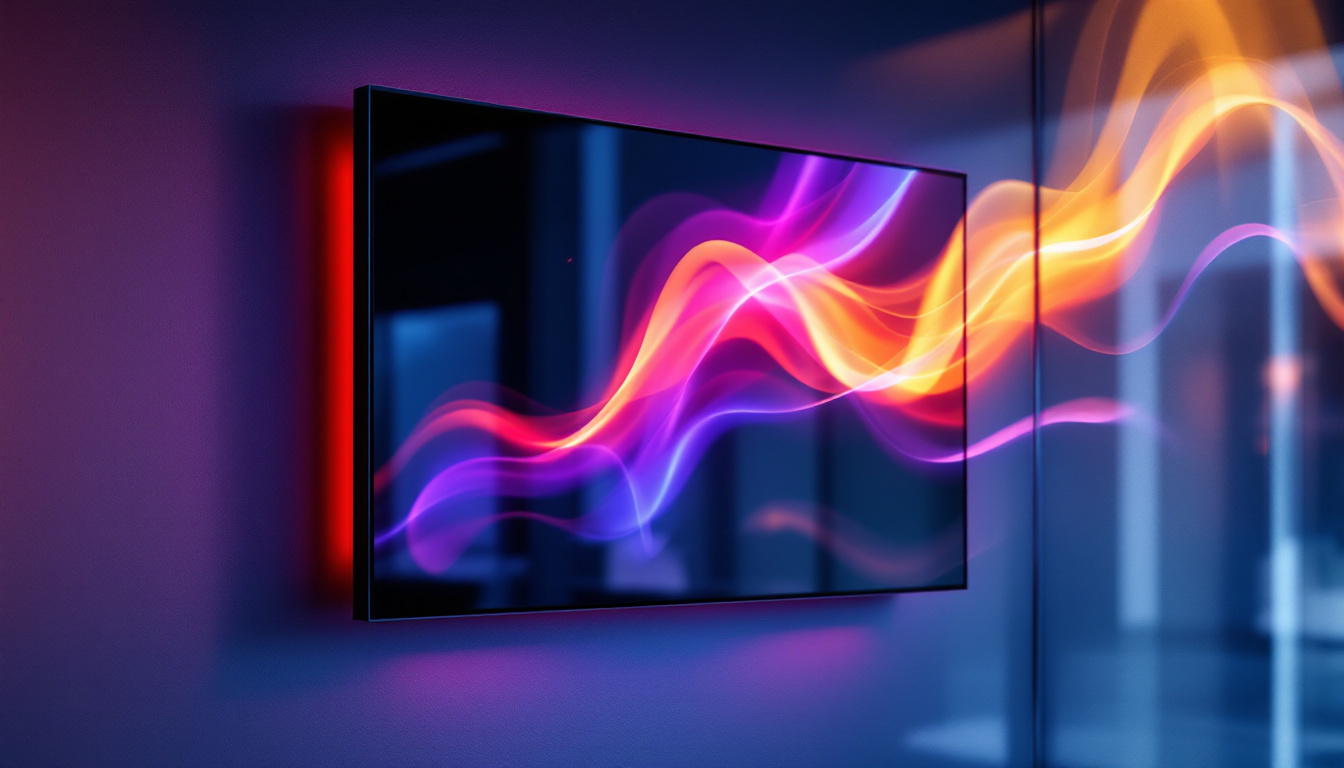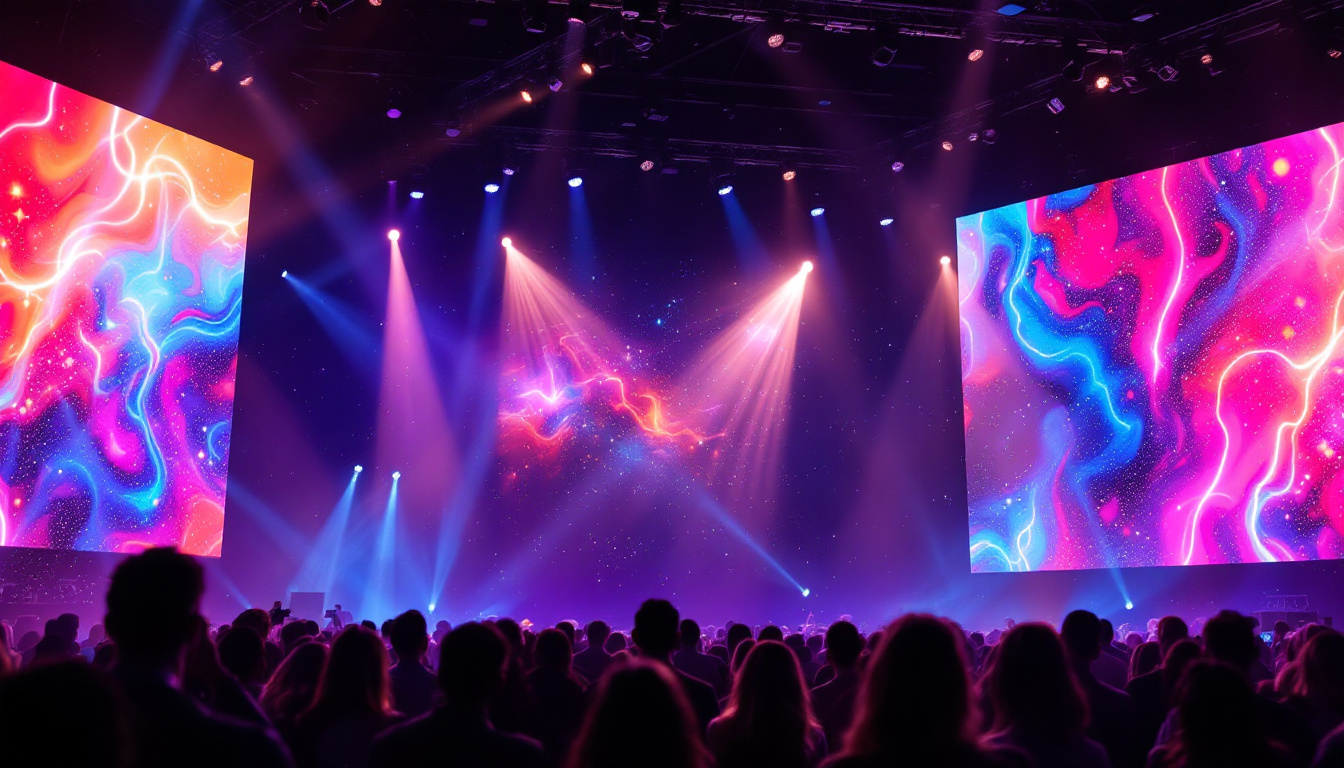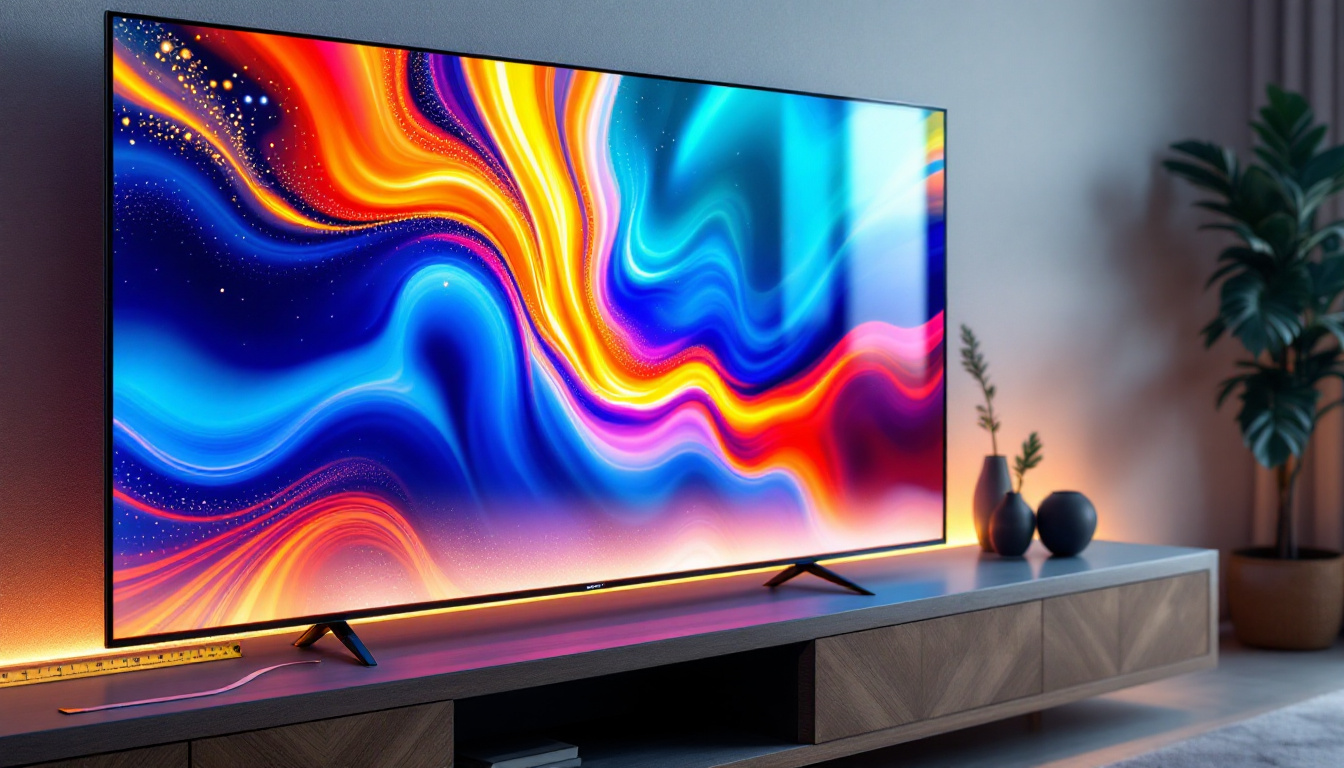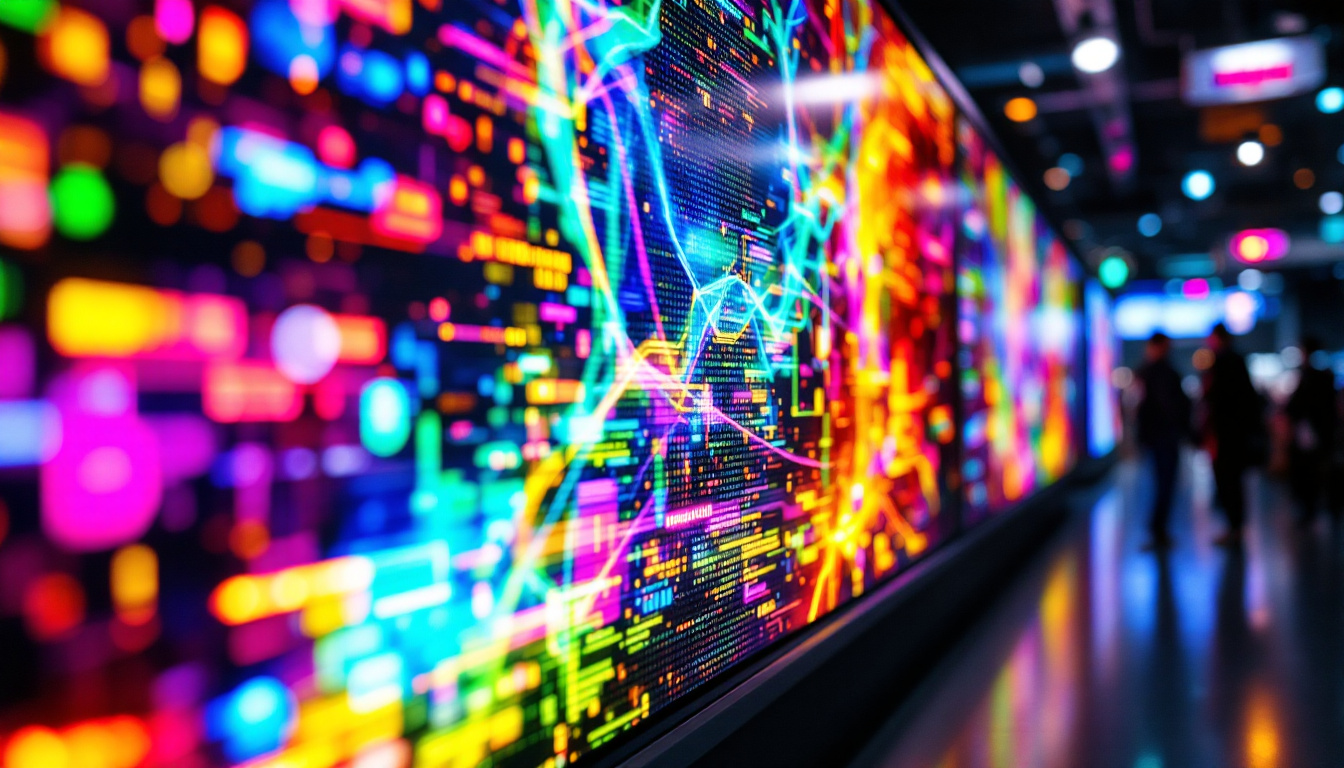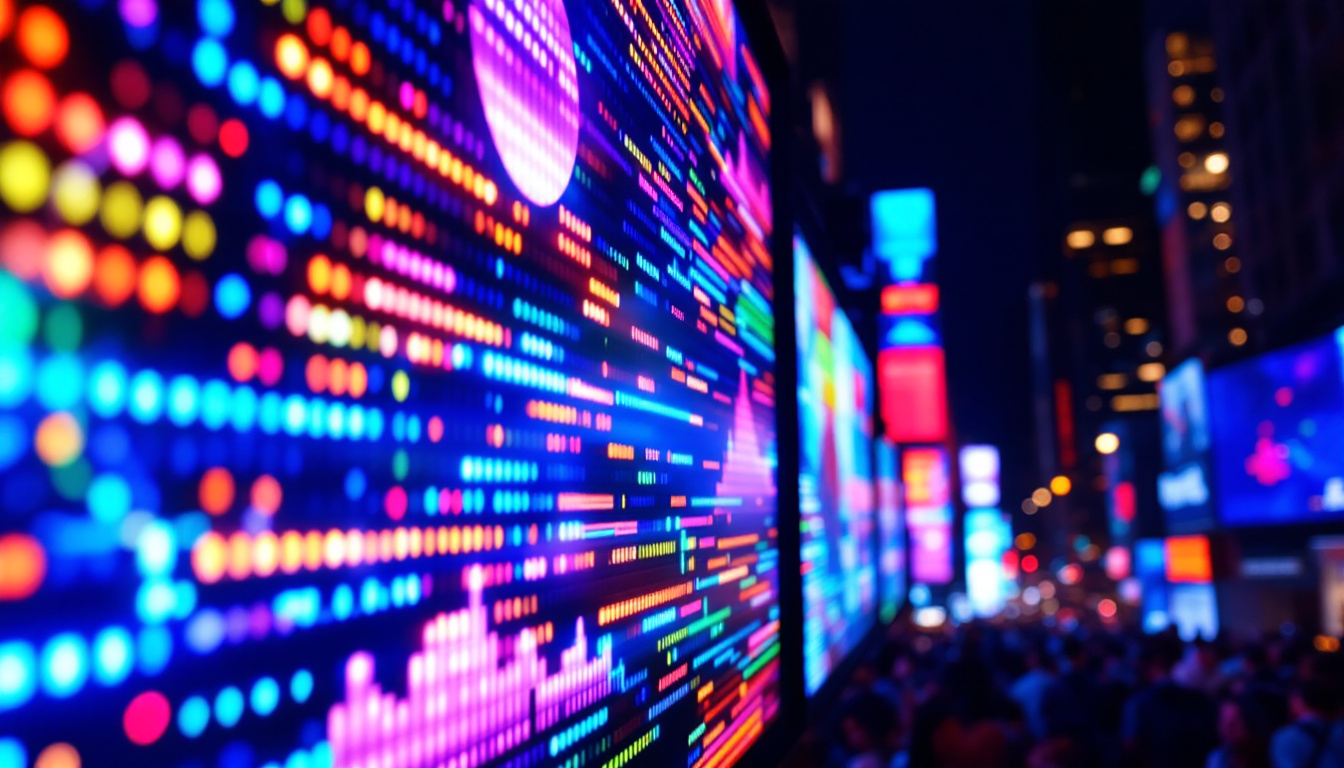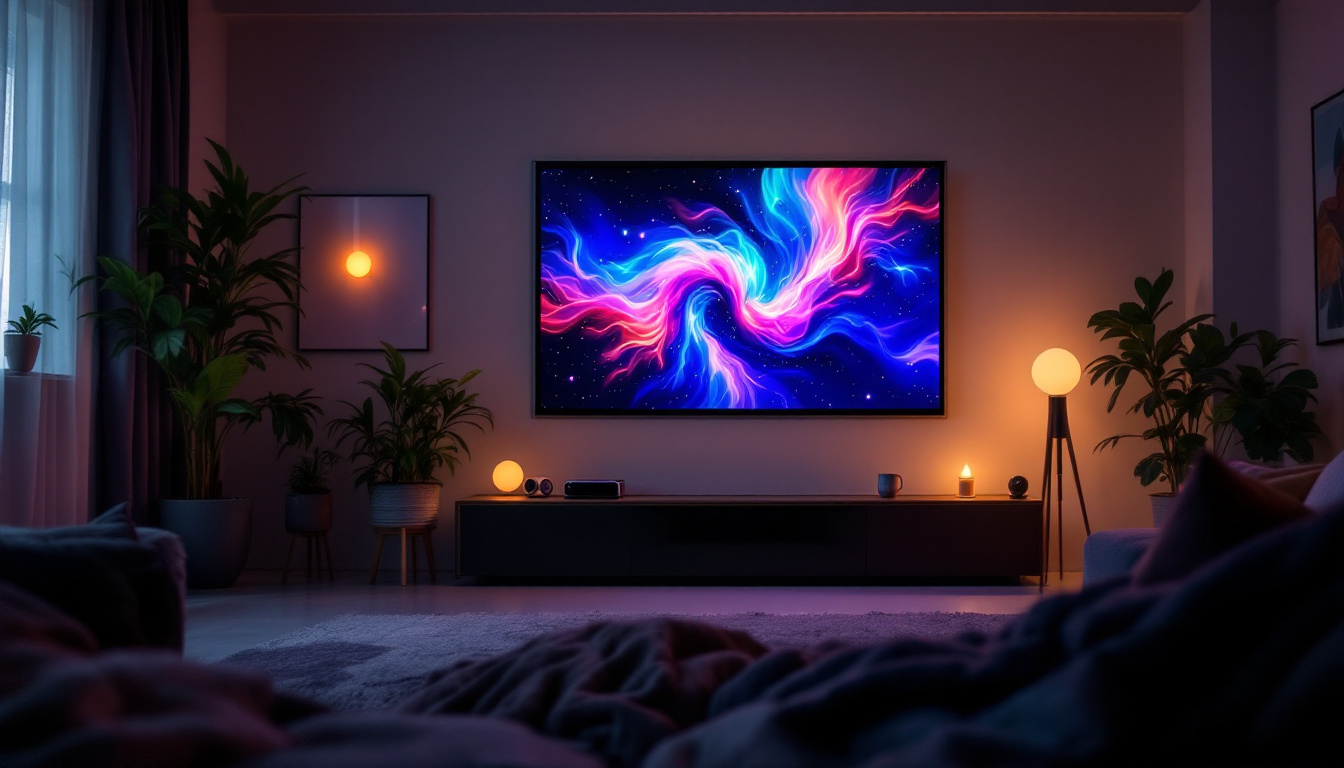In the world of visual technology, LED displays have emerged as a prominent choice for a variety of applications, ranging from advertising to personal devices. Their vibrant colors, energy efficiency, and versatility make them a popular option among consumers and businesses alike. This article delves into the intricacies of LED displays, exploring their components, functionalities, and various applications.
Understanding LED Technology
Light Emitting Diodes (LEDs) are semiconductor devices that emit light when an electric current passes through them. The technology behind LEDs has evolved significantly since their inception, leading to the development of more advanced and efficient displays. Initially, LEDs were primarily used for simple indicator lights and displays, but advancements in technology have allowed them to become a cornerstone of modern lighting and display solutions, revolutionizing industries from consumer electronics to architectural lighting.
The Basics of LED Functionality
At the core of LED technology is the principle of electroluminescence. When electrons recombine with holes in the semiconductor material, energy is released in the form of light. This process is what allows LEDs to produce bright, vibrant colors with minimal energy consumption. The efficiency of LEDs has made them a popular choice for both residential and commercial applications, as they consume significantly less power than traditional incandescent bulbs while offering a longer lifespan. This energy efficiency not only contributes to lower electricity bills but also plays a crucial role in reducing carbon footprints, making LEDs an environmentally friendly lighting option.
LEDs can be categorized into two main types: monochrome and full-color. Monochrome LEDs emit a single color, while full-color LEDs combine red, green, and blue (RGB) diodes to create a wide spectrum of colors. This RGB combination is crucial for creating the rich visuals that modern displays are known for. Additionally, advancements in LED technology have led to the development of high-brightness and high-efficiency LEDs, which are capable of producing more intense light output while consuming less power. This has opened up new possibilities for applications such as automotive lighting, where visibility and energy efficiency are paramount.
Types of LED Displays
LED displays can be classified into several types based on their construction and application. The most common types include:
- Direct View LED Displays: These displays use individual LEDs to form images and are often used in large outdoor screens and billboards. Their ability to deliver bright, eye-catching visuals makes them ideal for advertising and public displays, even in direct sunlight.
- LED Backlit LCD Displays: These displays utilize LEDs to backlight an LCD panel, enhancing brightness and color accuracy. The use of LED backlighting has allowed manufacturers to create thinner and lighter displays, making them popular in televisions and computer monitors.
- Organic LED (OLED) Displays: OLED technology uses organic compounds to emit light, allowing for thinner displays and better contrast ratios. Because each pixel in an OLED display emits its own light, these screens can achieve true blacks and vibrant colors, making them a favorite for high-end televisions and smartphones.
Each type of LED display has its advantages and disadvantages, making them suitable for different environments and purposes. For instance, while Direct View LED displays excel in outdoor settings due to their high brightness and durability, OLED displays are preferred for indoor environments where picture quality and color accuracy are paramount. Additionally, the rapid advancements in LED technology continue to push the boundaries of what is possible, leading to innovations such as flexible displays and transparent screens, which promise to further enhance user experience and application versatility.
Components of an LED Display
Understanding the components of an LED display can provide insights into how they function and why they are so effective. The primary components include:
LED Modules
LED modules are the building blocks of LED displays. Each module consists of multiple LED chips mounted on a circuit board, which are then encapsulated in a protective layer. These modules can be configured in various arrangements to create larger displays.
The arrangement of LEDs within a module determines the pixel density and resolution of the display. Higher pixel density results in sharper images and better detail, making it an essential factor for applications requiring high-quality visuals.
Control Systems
The control system is responsible for managing the display’s content and ensuring that the correct signals are sent to each LED module. This system can range from simple controllers for static displays to complex systems for dynamic content, often incorporating software that allows for real-time updates and scheduling.
Advanced control systems can also facilitate remote management, enabling operators to change content from a distance, which is particularly beneficial for advertising and event displays.
Power Supply
LED displays require a reliable power supply to function effectively. The power supply converts the electrical current to the appropriate voltage and current levels needed for the LEDs. A well-designed power supply ensures consistent brightness and color performance while minimizing energy consumption.
Applications of LED Displays
LED displays have found applications across a wide range of industries due to their adaptability and performance. Some notable applications include:
Advertising and Marketing
One of the most prominent uses of LED displays is in advertising. Digital billboards and storefront displays leverage the brightness and color vibrancy of LEDs to capture the attention of potential customers. These displays can showcase dynamic content, including videos, animations, and real-time information, making them far more engaging than traditional static ads.
Moreover, the ability to update content remotely allows businesses to tailor their messages based on time, season, or current events, maximizing their marketing efforts.
Entertainment and Events
In the entertainment industry, LED displays are ubiquitous, appearing at concerts, festivals, and sporting events. Their ability to produce high-quality visuals in various lighting conditions makes them ideal for live performances and large gatherings.
From massive video walls to smaller screens used for information and engagement, LED technology enhances the overall experience for audiences, providing immersive visuals that complement the event.
Transportation and Public Information
LED displays are also widely used in transportation systems for real-time information dissemination. Bus stops, train stations, and airports utilize LED screens to display schedules, delays, and other important announcements. The clarity and visibility of LED displays ensure that information is easily accessible to the public, enhancing overall efficiency and communication.
Advantages of LED Displays
LED displays offer numerous advantages that contribute to their popularity across various sectors. Some key benefits include:
Energy Efficiency
One of the standout features of LED technology is its energy efficiency. Compared to traditional lighting methods, LEDs consume significantly less power while providing brighter output. This efficiency translates to lower operating costs, making LED displays a cost-effective choice in the long run.
Longevity and Durability
LED displays are known for their longevity, often lasting tens of thousands of hours before requiring replacement. This durability makes them suitable for both indoor and outdoor applications, as they can withstand various environmental conditions without compromising performance.
Additionally, the solid-state nature of LEDs means they are less prone to damage compared to fragile display technologies, such as LCDs or CRTs.
High Brightness and Contrast
LED displays are capable of producing high brightness levels, making them visible even in direct sunlight. This feature is particularly advantageous for outdoor applications where visibility is crucial.
Moreover, the contrast ratios achieved by LED technology allow for deeper blacks and more vibrant colors, enhancing the overall visual experience.
Challenges and Considerations
Despite their many advantages, LED displays are not without challenges. Understanding these challenges can help users make informed decisions when selecting and using LED technology.
Initial Costs
While LED displays offer long-term savings through energy efficiency and durability, the initial investment can be relatively high compared to traditional display technologies. This upfront cost may deter some businesses from making the switch to LED, especially for smaller operations.
Heat Management
LED displays generate heat during operation, which can affect performance if not managed properly. Effective heat dissipation systems are essential to ensure that the display operates within safe temperature limits, preventing potential damage or reduced lifespan.
Color Calibration
Maintaining consistent color quality across an LED display can be challenging, especially in larger installations where multiple modules are used. Color calibration is necessary to ensure uniformity, which may require additional time and expertise during installation and maintenance.
The Future of LED Displays
The future of LED display technology looks promising, with ongoing advancements aimed at improving performance and expanding applications. Some trends to watch include:
MicroLED Technology
MicroLED is an emerging technology that promises to deliver even greater resolution and color accuracy than traditional LED displays. By using tiny individual LEDs, MicroLED displays can achieve higher pixel densities, making them ideal for applications requiring ultra-high-definition visuals.
This technology also offers the potential for flexible and transparent displays, opening up new possibilities for design and integration in various environments.
Smart Displays
As the Internet of Things (IoT) continues to grow, smart LED displays are becoming more prevalent. These displays can connect to the internet and other devices, allowing for real-time data integration and interactive features. This connectivity enhances the user experience and provides businesses with valuable insights into consumer behavior.
Sustainability Initiatives
With increasing awareness of environmental issues, manufacturers are focusing on creating more sustainable LED displays. This includes using recyclable materials, reducing energy consumption, and developing technologies that minimize waste throughout the lifecycle of the display.
Conclusion
LED displays have revolutionized the way information and visuals are presented across various industries. Their energy efficiency, durability, and vibrant color capabilities make them a preferred choice for advertising, entertainment, and public information systems. While challenges exist, ongoing advancements in technology promise to enhance their performance and sustainability further.
As LED technology continues to evolve, it is essential for businesses and consumers to stay informed about the latest developments and applications. Embracing these innovations can lead to improved communication, enhanced experiences, and a more visually engaging world.
Discover LumenMatrix’s Innovative LED Solutions
Ready to elevate your visual experience with the latest in LED technology? LumenMatrix is at the forefront of creating dynamic and immersive displays that truly stand out. From vibrant Indoor and Outdoor LED Wall Displays to versatile Vehicle and Sports LED Displays, our solutions are designed to captivate and engage your audience. Whether you’re looking for a Custom LED Display, an All-in-One solution, or the cutting-edge LED Transparent Display, LumenMatrix has the expertise to bring your vision to life. Check out LumenMatrix LED Display Solutions today and see how we can transform your visual communication with clarity and impact.

